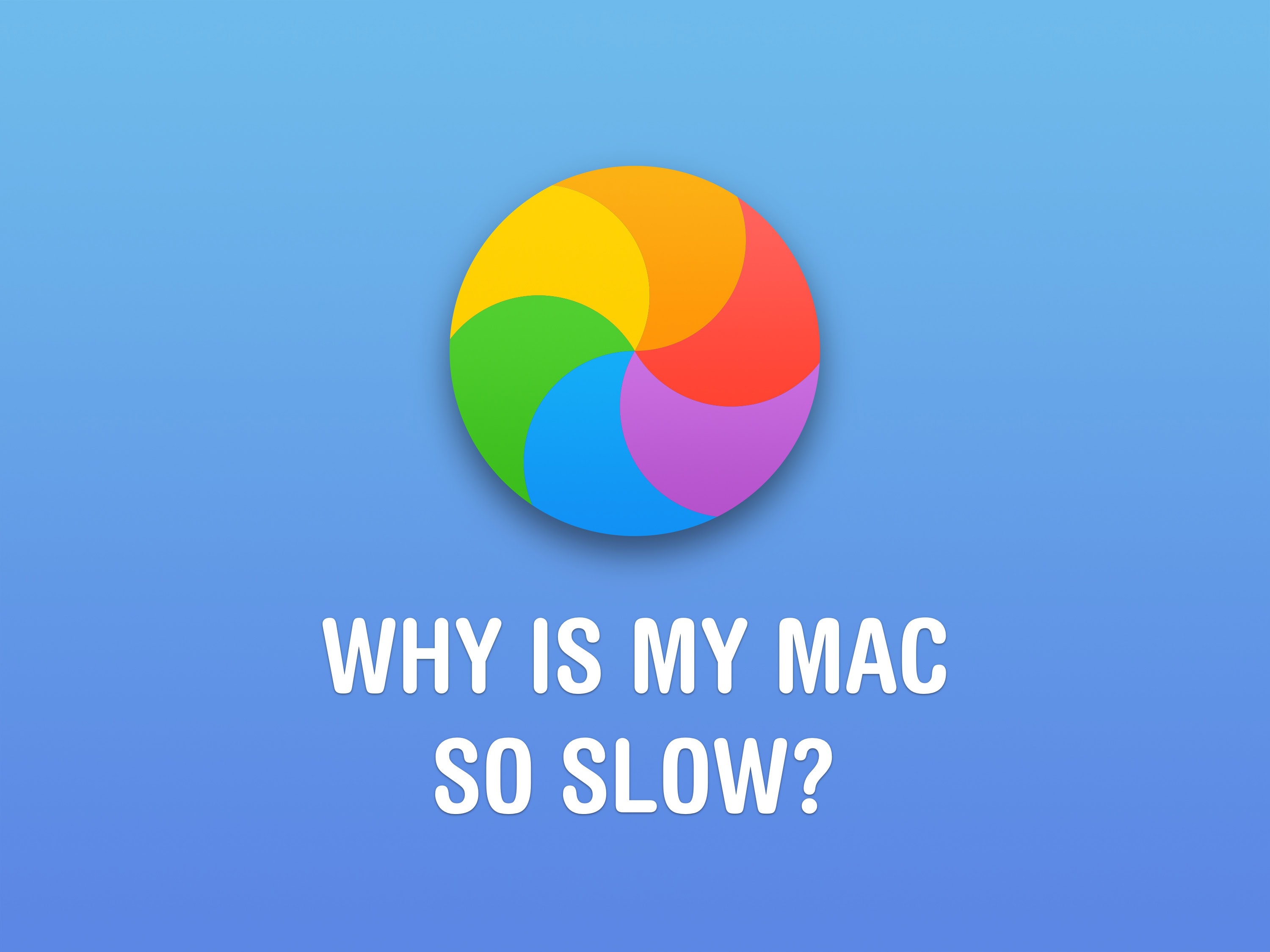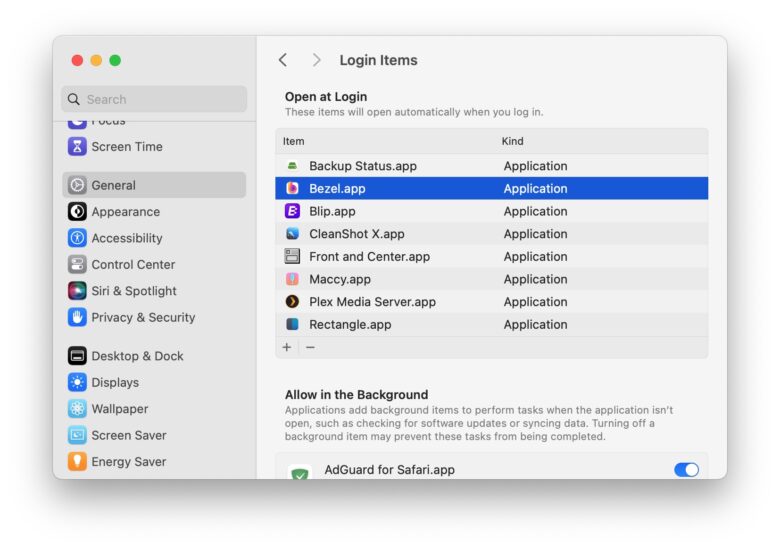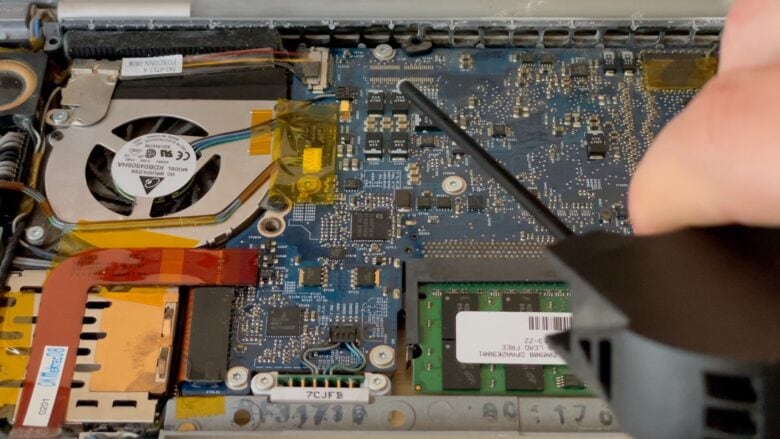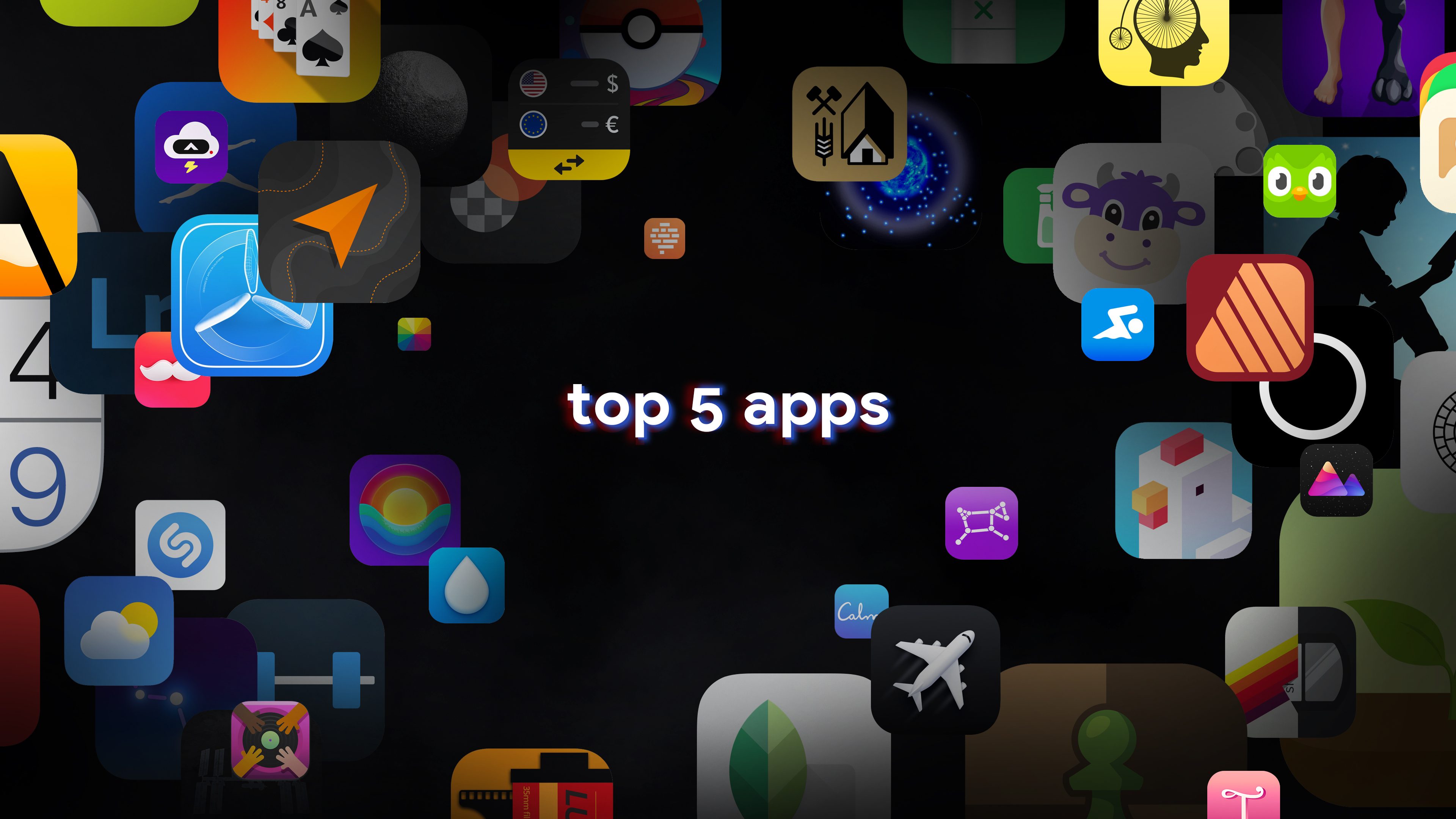
If your Mac is running slow, there are a few things you can do to speed it up and better understand what’s slowing it down.
It’s not just that your Mac is old — although that is an important factor. It could be that you don’t have enough memory, especially if you like to use Google Chrome. You may have a bunch of apps running in the background. There also might be dust in the vents, keeping your Mac from running nice and cool.
Check out our latest video or keep reading to learn why your Mac is slow and how to speed it up.
This post contains affiliate links. Cult of Mac may earn a commission when you use our links to buy items.
5 reasons for a slow Mac
1. Switch from Google Chrome (and other apps) to Safari
Safari is much easier on your Mac than Google Chrome, which is a notorious power drain and memory hog. The more Chrome tabs you have open, the less memory you have available for everything else.
Safari consistently comes out on top of browser speed tests. According to Apple, Safari loads pages up to 50% faster than Chrome. So, switching to Safari from Chrome is an easy way to speed up your slow Mac. (Making the switch also gives you a security boost, especially if you max out Safari’s privacy settings.)
It’s not just Google Chrome itself, either. Apps like Slack, Discord, Spotify, Microsoft Teams and many others are made using the Chrome browser engine, too. But there’s a solution to this problem: Instead of using the official versions of those apps, you can open them and sign in from Safari, then click File > Add to Dock.
Then you’ll be able to run your web apps in their own windows, just like before, but with the energy-efficient Safari powering them instead.
2. Check what apps are running in the background on your slow Mac

Screenshot: D. Griffin Jones/Cult of Mac
It’s good to keep an eye on what’s running in the background, especially if your Mac is running slow. It could be that you’ve installed a bunch of apps over the years, and one of them is still churning away in the background even though you never use it.
You can find this information in System Settings > General > Login Items.
On top, you’ll see apps that launch automatically when you sign in to your Mac. You can click to select one and click the − button to remove it. Below, you’ll see a list of apps allowed to run in the background. Simply uncheck them to turn them off.
Other background activities are built into macOS itself. There’s no easy way to turn them off without digging into the Terminal, but you should be aware of them:
- If you sync your photo library to your Mac, it’ll download new pictures and videos in the background and scan through them to identify people and pets.
- Spotlight, the universal search box that can find files, apps, messages, email and more, occasionally needs to scan your Mac to find if there’s anything new.
3. Your slow Mac is simply too old
Macs last a really, really long time — and that’s both a blessing and a curse. I used my 2015 MacBook Pro for eight years, even as its battery started swelling. Now, it’s probably a fire hazard.
Apple releases a major new version of macOS every year. And updating can make an older Mac run slowly. If you keep using an older version (while still installing Apple’s minor security updates), your Mac might run a little faster. (Or, at least, stop getting slower.) Major new releases with new features can slow down an older computer.
Toward the end of the period when Apple sold computers with Intel chips — let’s say from 2014 to 2020 — there were some pretty bad Macs. The 2014 to 2018 Mac mini is legitimately one of the worst Macs ever made. If you own one of those, I’m sorry.
The good news is that new Macs with Apple silicon chips inside are lightning-fast and relatively inexpensive. Walmart sells the M1 MacBook Air for just $699. And if you want to save more with a desktop, you can pick up an M1 Mac mini for around $500.
4. Your Mac is overheating

Photo: D. Griffin Jones/Cult of Mac
If your Mac starts getting warm, it will automatically slow down (aka “throttle”) the processor to keep it from getting too hot. Normally, your Mac will only throttle itself if you’re doing something really intense, like exporting a video. It can be frustrating if your Mac slows down in the middle of your regular work.
In an older MacBook, the vents can become blocked by dust over time and cause overheating. That’s pretty easy to fix. Carefully unscrew and remove the MacBook’s bottom case. Then use a vacuum cleaner or a can of compressed air to clear out all the visible dust.
In ordinary usage, it’s rare for a newer MacBook Air with Apple silicon to be pushed to its limits, but it can still happen. Since these laptops doesn’t come with an internal fan, you can boost their performance with a cooling pad.
This model sold on Amazon costs only $25. When you’re at your desk, you can put your MacBook on top of it. The cooling pad’s fans will keep cool air blowing underneath, where a MacBook Air gets the hottest. This particular cooling pad doubles as a USB hub, so plugging it into your Mac gives you two USB ports as well.
5. You don’t have enough memory (or storage)
Most Macs made in the last 10 years start with just 8GB of memory on the base model. Upgrading to 16GB or more is one of the most important upgrades you can make when buying a Mac, but a lot of people skip it. You can upgrade the RAM on some older Macs, but not on any recent ones running on Apple silicon.
The bad news is, if you have too many apps open at once, other apps you have open will be pushed out of memory. And that can really make your Mac run slowly if you’re trying to multitask. Short of splurging on extra memory with your next Mac, unfortunately, the only solution when this happens is to quit big apps you’re not using.
This problem can be compounded if your Mac is running low on storage, too. Usually, when your Mac is running low on memory, background apps will be offloaded into storage — but if you don’t have enough storage, that can cause more problems. Here’s what to do if you need to clear up space on your Mac.
Read more about your Mac
Check out more Mac tips:






